Disclosure: The views and opinions expressed here belong solely to the author and do not represent the views and opinions of crypto.news’ editorial.
In the world of gaming, the quality of your experience is often dictated by the device you own. Outside of dedicated gaming consoles like PlayStation and Xbox, the games you can play are highly dependent on your computer’s or mobile device’s specifications. High-end AAA titles, with their stunning graphics, immersive worlds, and complex gameplay mechanics, require powerful (and expensive) hardware to run smoothly. This means that gamers with low-end devices or those in less developed parts of the world often find themselves excluded from the rich tapestry of art that modern gaming offers.
The disparity in access to gaming experiences is a significant challenge for the industry. While consoles provide a more standardized platform, they still come with a hefty price tag, making them inaccessible to many, particularly in developing countries with low incomes. On the other hand, PC gaming offers a broader range of titles and customization options, but the cost of building a high-end gaming rig can be prohibitively expensive. This leaves a large portion of potential gamers unable to enjoy the latest and greatest titles, limiting the reach and impact of the gaming industry as a whole.
However, the rise of cloud computing and decentralized infrastructure is set to change the game. Cloud gaming platforms, powered by decentralized networks of GPUs, offer a solution that can put AAA games into the hands of anyone with a device capable of streaming video. By leveraging the power of the cloud, low-end devices can essentially “borrow” the GPU power they need to run demanding games without the need for expensive hardware upgrades.
In a decentralized cloud gaming model, like that enabled by Aethir, a distributed network of nodes contributes their spare GPU resources to the platform. These nodes can be provided by enterprises, data centers, Telcos, bare metal providers, mining companies, or other GPU-equipped server owners with available GPU capacity. When a user wants to play a game, they simply connect to the platform, and the system dynamically allocates the necessary GPU power from the distributed network. The game is then rendered on the remote GPU and streamed to the user’s device in real time, with their input being sent back to the cloud.
This approach has several key advantages. Firstly, it democratizes access to high-end gaming experiences. No longer will gamers be limited by the capabilities of their local hardware. Whether playing on a low-end laptop, an older desktop, or even a smartphone, users can enjoy the same visually stunning and immersive gameplay as those with high-end gaming rigs. This opens up the world of gaming to a much wider audience, including those in less affluent regions who may need more means to purchase an NVIDIA RTX 4090.
Secondly, decentralized cloud gaming can offer a more efficient and cost-effective solution compared to traditional centralized cloud platforms. By harnessing the collective power of a distributed network, the platform can dynamically allocate GPU resources based on demand, reducing waste and ensuring optimal utilization. This can translate into lower costs for users, as they only pay for the GPU power they consume. Additionally, the decentralized nature of the network provides improved resilience and scalability, as the platform can easily expand by onboarding new nodes to meet growing demand.
The decentralized cloud computing model has the potential to radically reshape the gaming industry, particularly in terms of consumer hardware requirements. As cloud gaming platforms powered by decentralized GPU networks gain traction, the demand for high-end gaming rigs at the consumer level will significantly diminish. This shift will force companies across the industry to adapt and pivot towards a cloud-first approach, fundamentally altering the gaming landscape.
As cloud gaming platforms mature and gain widespread adoption, the emphasis will shift away from selling expensive dedicated gaming hardware. Instead, gaming will accelerate its transition towards a service-based model, where users subscribe to cloud platforms that provide the necessary computing power to run games seamlessly. This approach will enable gamers to access a vast library of titles without the need for constant hardware upgrades, leveling the playing field for players with varying financial means.
The decentralized cloud computing model will have profound implications for the gaming industry’s business strategies, with losers as well as winners. But it will be a change worth making. The transition to decentralized cloud gaming will foster creativity and innovation among game developers. With the hardware limitations of individual devices becoming less relevant, developers will have the freedom to create more ambitious and immersive experiences, pushing the boundaries of what is possible in gaming. As the addressable market expands to include players with diverse hardware setups, developers will be incentivized to create games that cater to a broader audience, driving the industry forward in exciting new directions.
It is important to note that the shift towards decentralized cloud gaming will not necessarily reduce the overall demand for high-end hardware components. While the demand may decrease at the consumer level, it will likely shift towards distributed data centers and the nodes contributing to the decentralized GPU networks. Instead of having powerful GPUs in individual living rooms, they will be concentrated in warehouses, powering the cloud gaming infrastructure. This presents a significant opportunity for hardware manufacturers to adapt their business models and cater to the needs of cloud gaming providers.
The gaming industry is on the cusp of a seismic shift driven by the unstoppable force of decentralized cloud computing. Whether companies embrace this change willingly or resist it, the transition is inevitable. The onus is on hardware manufacturers, pre-built PC sellers, and gaming companies to adjust their strategies and align with the cloud-first future. Failure to do so risks being left behind.


